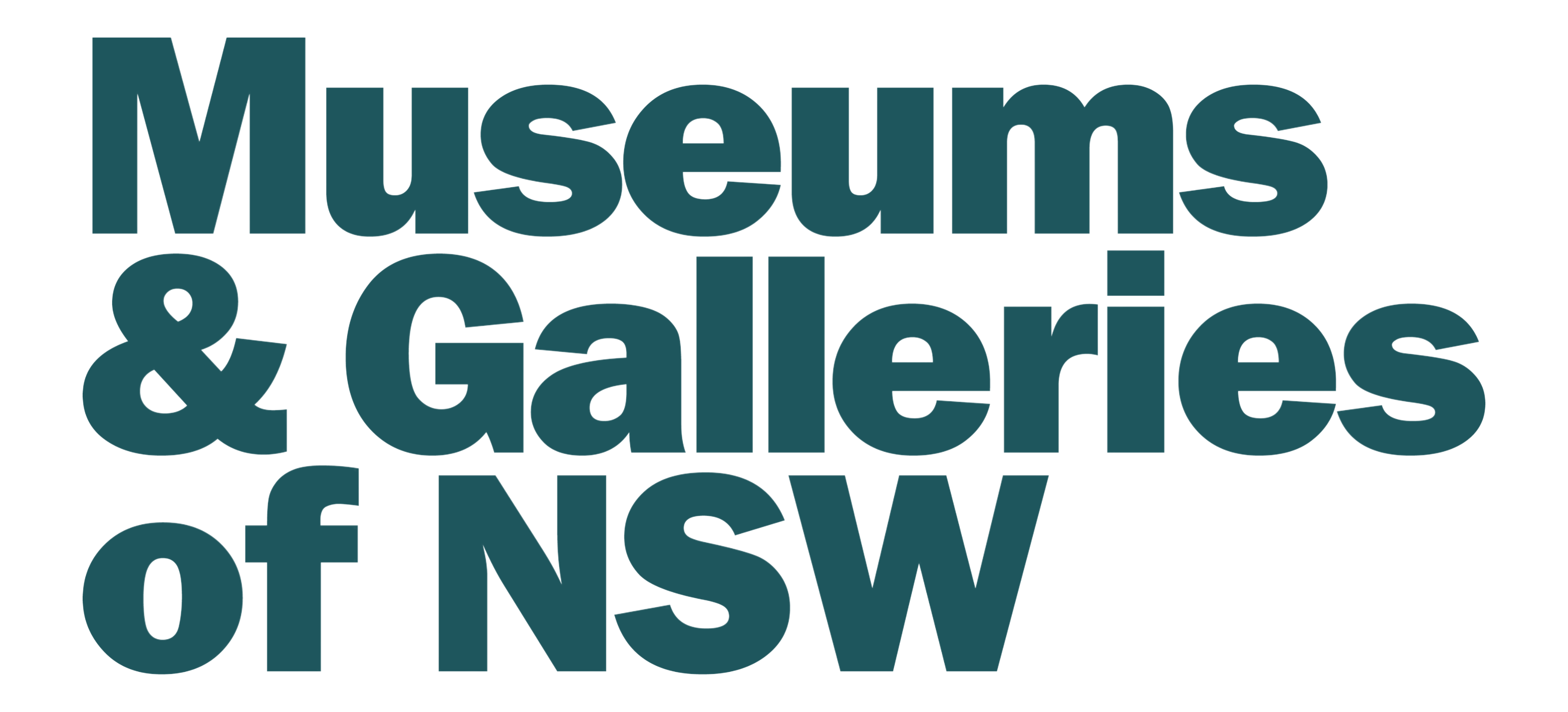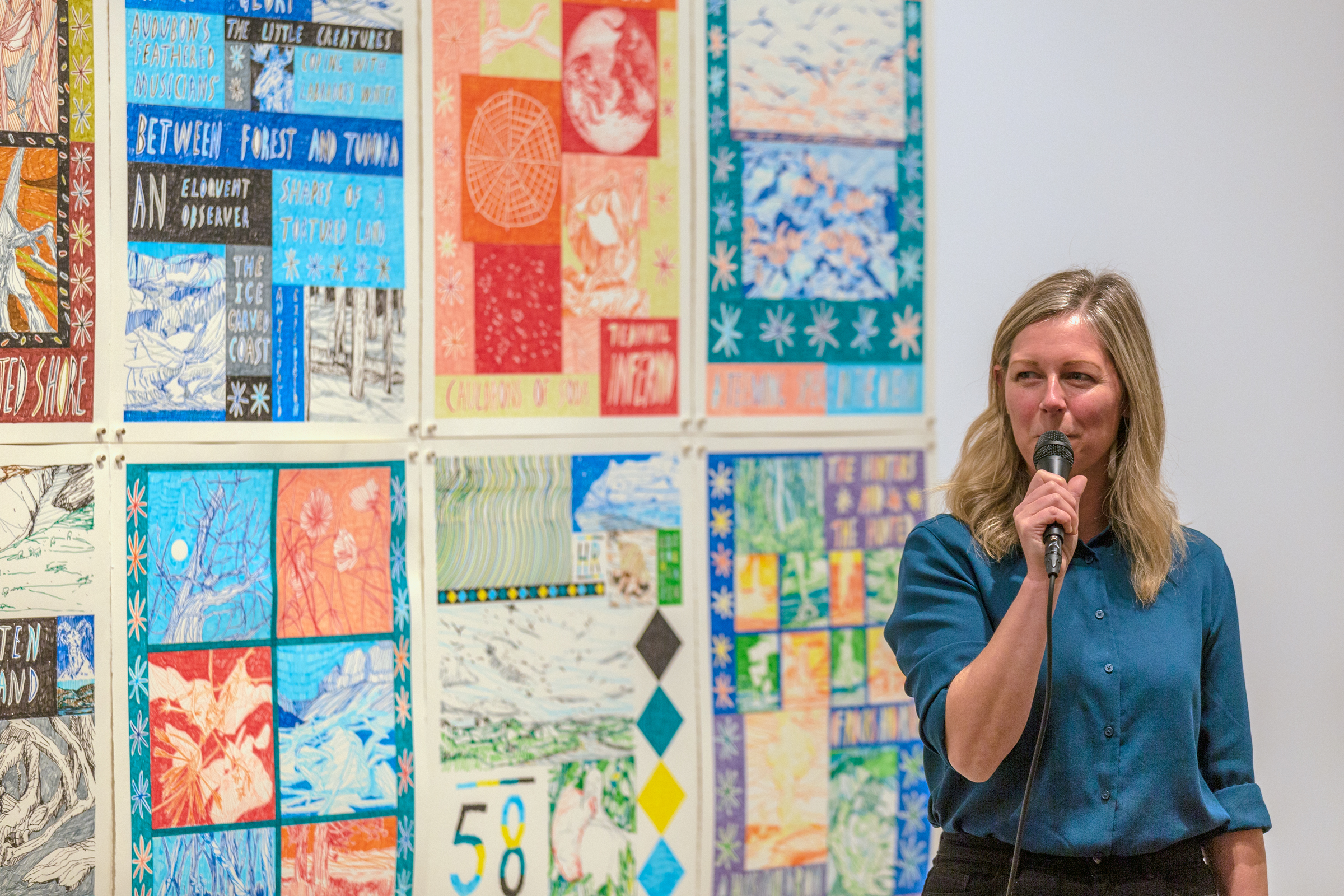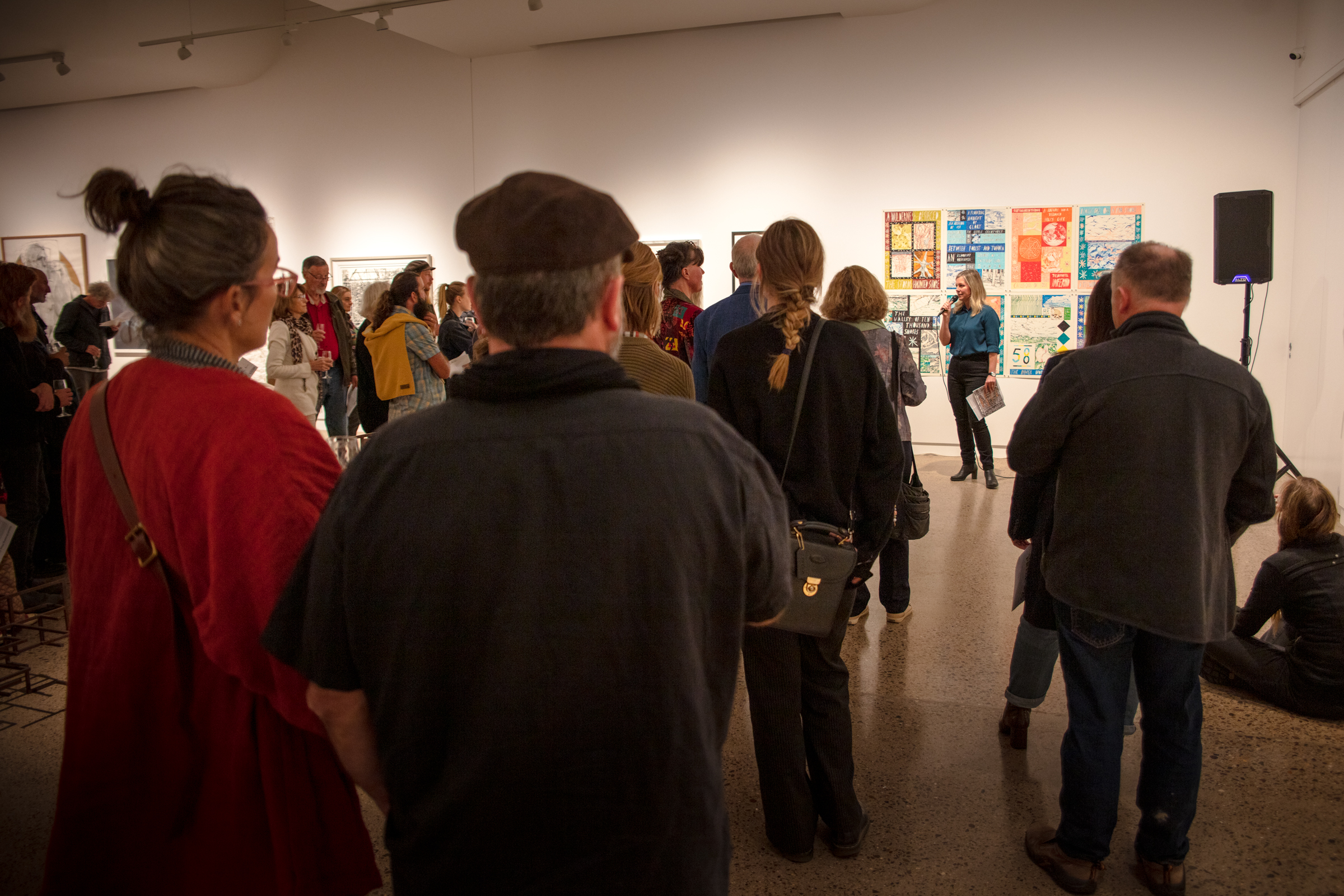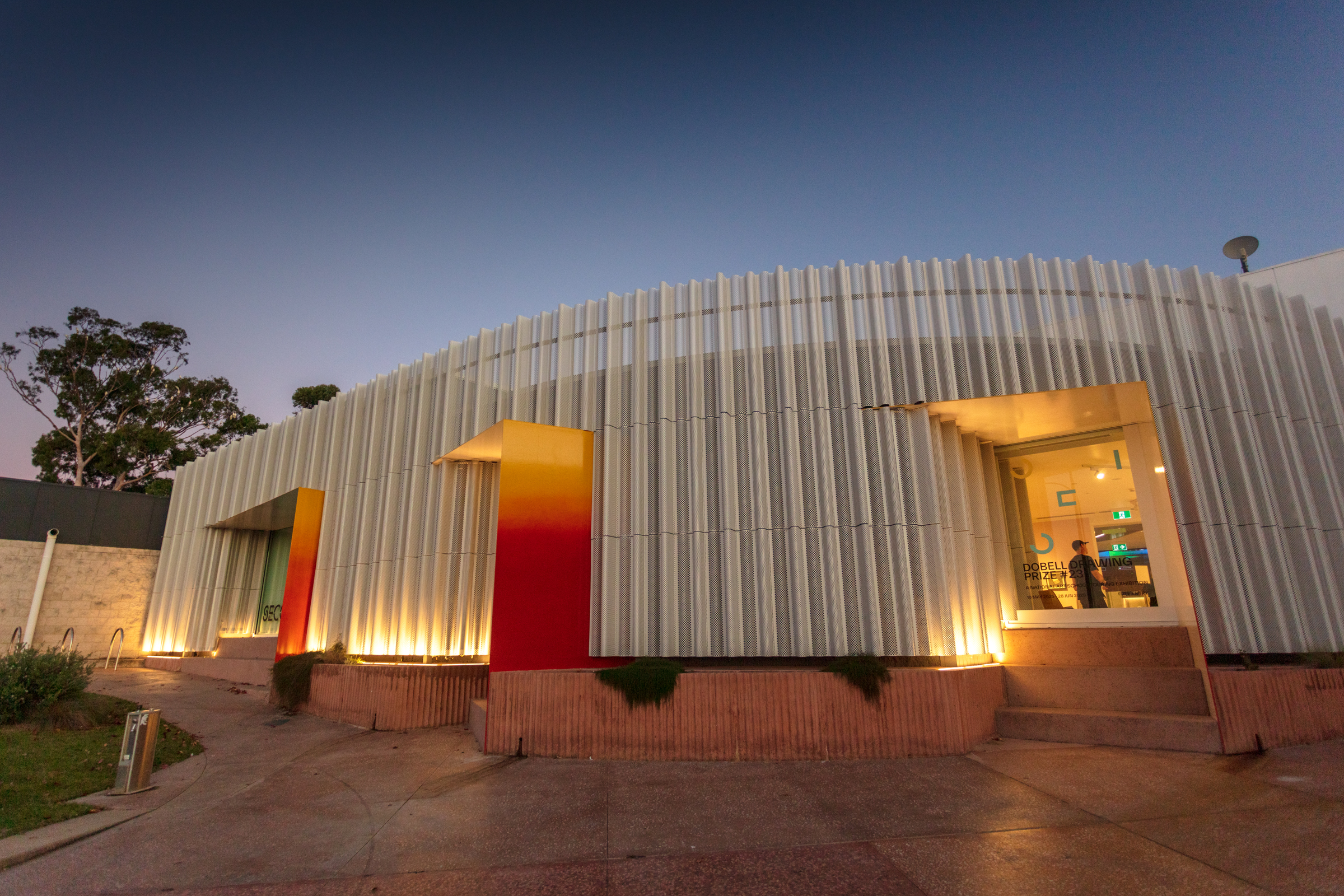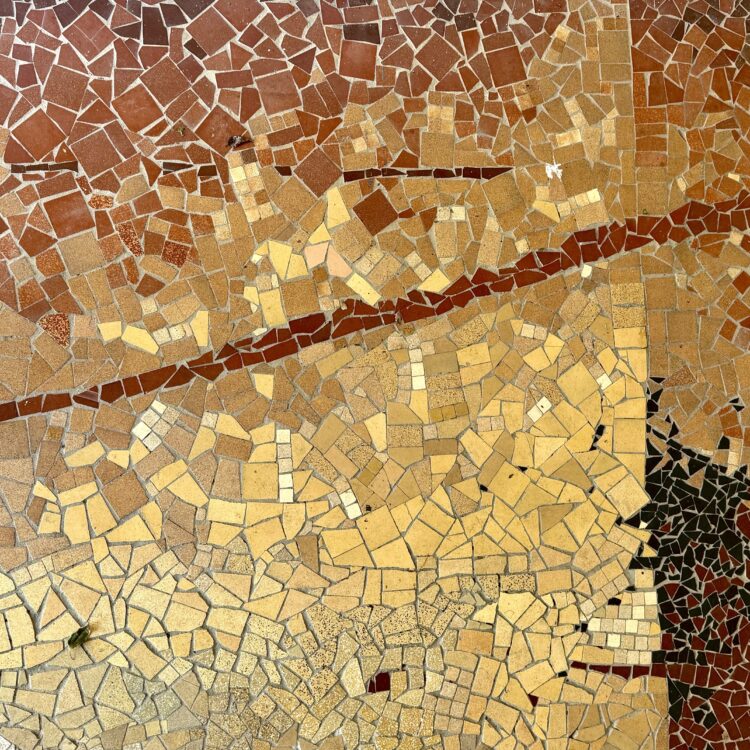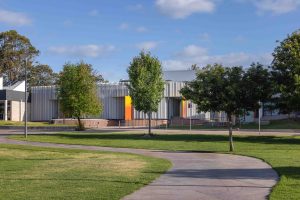In this edition of Insights, we speak with Janice Falsone, Gallery Director of SECCA (South East Centre for Contemporary Art, Bega), as she reflects on the transition to a new role in a new region, and the opportunities and challenges of navigating a new governance structure.
Janice brings over 15 years of experience in Canberra’s cultural sector, including leadership roles at PhotoAccess and Canberra Contemporary Art Space, to her position at SECCA, which she commenced in January 2025.
Firstly, congratulations on your new role. Can you start by letting us know what the first few months have looked like and what your priorities have been to settle in?
Thank you! Things are going really well at South East Centre for Contemporary Art – I’m enjoying meeting new people, getting to know the organisation, and exploring the stunning NSW Far South Coast. The first few months have been a whirlwind, in a positive way. Relocating interstate has meant quickly orienting myself both geographically and socially – building professional connections, listening closely, and absorbing as much as possible.
My early priorities have centred around relationship building – connecting with my fantastic team, Council colleagues, artists, and the wider arts community in the region. I’ve dived into the immediate programming, while making space to approach SECCA’s long-term direction with fresh eyes and a developing perspective. I’m focusing on SECCA’s values and purpose, celebrating what it does well, and beginning to shape a vision for the future – particularly in terms of how we align strategically with Council, state and federal arts priorities, meet community aspirations, meaningfully support artists, and position ourselves as a centre of national significance.
When starting in a new leadership position, there is often the expectation that you’ll be arriving with a particular vision. Is this something you subscribe to, or are you more about taking time to get a strong sense of the local particularities before making major decisions?
I took the role at SECCA because I was impressed by its strong programming, its striking, award-winning venue, and the unique position it holds in both the regional and national arts landscape as a newly reimagined institution dedicated to contemporary art. My background and passion is contemporary art – work that is ideas-driven, speculative, and experimental – so that is the lens I bring to the role.
That said, I haven’t arrived with a fixed blueprint for SECCA’s future. Instead, I’ve focused on listening – speaking with as many people as possible, from artists and visitors to collaborators and community members here and afar. Understanding the local context, while being part of the national conversation, is essential. Contemporary art in a regional context is a rich conversation, and it is one I’m interested in participating in, learning from, and shaping. My approach is to build a bold, collective vision – informed by place, people, and purpose.
What have some of the key differences been for you in leading an organisation in a regional setting compared to being in Canberra? We’re particularly interested in how you might be approaching programming differently.
A key difference is that there are fewer nearby peer organisations and a gap in tertiary arts education. Overall, there’s a less diverse arts ecosystem. In Kamberri/Canberra, or in Meanjin/Brisbane where I started my career – as you’d expect in cities – there is broader arts infrastructure, more educational opportunities, and more galleries working side by side. At SECCA, our promise is to be the cultural heart of the South East, and to make Bega an essential destination for explorers of Australia’s arts and culture – which presents a wonderful opportunity. The gallery carries a broader role in the community, and there is a sense that it needs to be many things to many people – which makes the scope wider, and arguably the local impact greater.
That said, my programming approach hasn’t changed dramatically. Like at Canberra Contemporary, the focus is still on being locally relevant while also contributing to national and global conversations in contemporary art. Whether in a city or regional setting, it’s about listening deeply, championing artists, connecting audiences, and building strong relationships that transcend borders and speak to both local and broader cultural contexts. The environment changes, but the commitment to quality, connection, and contribution – through showcasing the art of our times – stays the same.
You’ve previously worked for cultural organisations reporting to a board. What have been some of the learnings for you as you’ve transitioned to a local government structure?
In many ways, the fundamentals remain the same—no matter the structure, there’s always a focus on good governance. Whether you’re reporting to a board, a committee, a supervisor, or a funding body, you’re still responsible for delivering on strategy, measuring impact, staying aligned with policy, and being transparent about outcomes. That part hasn’t changed.
What has changed, though, is the structure around me—and that’s brought new opportunities and new ways of working. Being part of the Bega Valley Shire Council local government team means I’m now working alongside colleagues across a wide range of departments—HR, communications, finance, IT, planning, compliance—people with deep expertise in areas that, in smaller organisations, often fall to the arts team to manage without dedicated support.
There are inevitably more layers of process and approval, and less room for rapid pivoting compared to when I was reporting directly to a board and had more autonomy to adjust resources and timelines as needed. I’ve adapted my expectations and learned to navigate internal systems effectively. That’s been a valuable learning experience in itself—understanding how to work well within the system.
Another noticeable shift has been the focus on advocacy. In a local government context, I’m regularly speaking to people outside the visual arts – or outside the arts sector – about the role arts and culture can play in areas like economic growth, skills development, wellbeing, social cohesion, and placemaking. It’s a valuable opportunity to step outside the immediate arts context – while remaining deeply committed to that – and contribute to broader conversations. There’s a lot of potential for the arts to actively contribute to discussion about the region’s future.
Do you have any insights you could share with others in the sector who may also be undergoing similar leadership changes?
One thing I’ve learned is the value of connecting with peers. Being in a leadership position can be incredibly rewarding but also isolating at times. Reaching out to others in similar roles helps remind you that you’re not alone – and helps you avoid reinventing the wheel. Everyone is continually learning, and there’s real strength in sharing experiences.
It’s also helpful to have a clear sense of why you’re in the role, and where you want to steer the organisation. When your values align with your organisation’s mission, the work gains clarity and purpose.
Most importantly, no matter the leadership role in the arts, it’s essential to prioritise artists and to champion the principle that art is work. After all, without artists, galleries wouldn’t exist.
Visit the website: South East Centre for Contemporary Art / Bega
Insights interview conducted by Brett Adlington, CEO , Museums & Galleries of NSW
